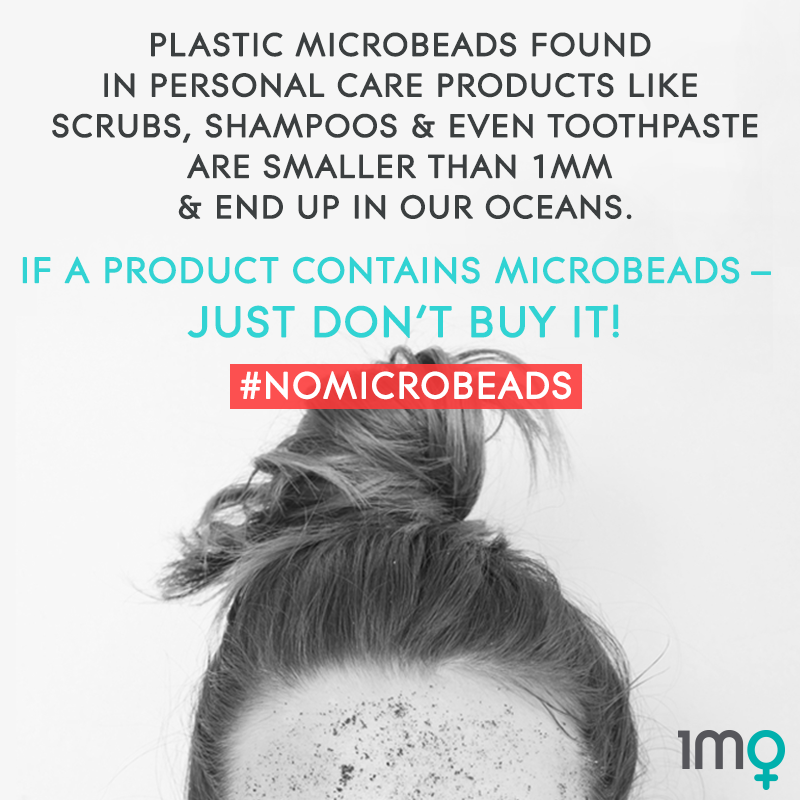Can you cut 1 Tonne of carbon pollution out of your life?
Take the challengeIn the US, the Microbead-Free Waters Act of 2015 was passed, banning the use of microplastics, which are generally found in beauty, and cleaning products – even your toothpaste!
Read more: Microbeads: What You Need to Know
In Australia. microbeads are still legal, yet supermarket giants Coles, Woolworths, and Aldi have all recently announced that they will be voluntarily phasing out the sale of items containing microbeads.
1 Million Women has decided that we won't wait about for legislation to catch up. We're all about making choices in your own life, and so we've decided to say #NoMicrobeads! We are boycotting all products containing microbeads and urge you to join us!
So, you've gone and identified everything in your house containing micro plastics, but how do you get rid of them is the most sustainable way possible?
Simply sending them to landfill may stop them from finding their way into the ocean, but it's not the best option.
What you can do
You can send all microbead products back to their manufacturers.
The International Campaign Against Microbeads in Cosmetics have a great sample letter to attach. When you return the items.
Filter the products yourself.
It's messy and a bit time consuming. But, if you love the product and hate the bead you can use a coffee filter or muslin bag (similar to what you would use for making almond milk) to strain the product and then funnel it back into the container. Extra points if you then with to ship the remaining beads back to the manufacturer for correct disposal!
If you're located in the US (or happy to pay international postage) you can donate them to the 5Gyres Institute.
5Gryres are an educational research group studying plastic garbage. They run the #BanTheBead campaign and are accepting microbead products that they will use in educational kits.
Seal all product containers and mail them to:
5 Gyres Institute, 3131 Olympic Blvd, Santa Monica, CA 90404
You can also send them to chemist Sherri Mason whose team championed research of microbeads in our waters. They will use the beads to analyse microbeads in consumer products.
Seal all product containers and mail them to:
SUNY Fredonia, Attn: Sherri Mason, 280 Central Ave., 340 Sciences Complex, Fredonia, NY 14063
The most important thing is that you do not flush them down the drain as they will end up in our oceans, sealife, and be "eaten up the chain" until they make their way into your body!
[updated October 2017]

Read this next: How Do I Tell If A Product Contains Microbeads?

